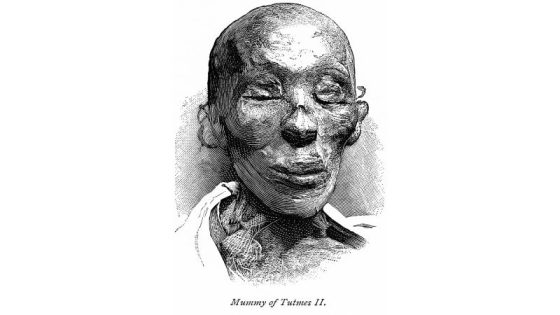A joint Egyptian-British archaeological mission has uncovered the tomb of King Thutmose II, an ancient Egyptian ruler, near Luxor, Egypt. The discovery, made public on February 19, 2025, marks a significant find in the field of archaeology, revealing insights into the reign of a king whose burial practices were previously debated.
- Discovery of King Thutmose II's tomb
- Located near Valley of Kings, Luxor
- Initially thought to belong to royal women
- Evidence includes alabaster jars and inscriptions
- Tomb suffered water damage post-discovery
- Architectural design influenced later royal tombs
The tomb, initially designated as “Tomb C4,” is located approximately 2.4 kilometers (1.5 miles) west of the Valley of Kings. The mission, led by the Supreme Council of Antiquities and the New Kingdom Research Foundation, discovered the entrance and main corridor in 2022. Initially, archaeologists believed it belonged to one of King Thutmose II’s wives due to its proximity to the tomb of Queen Hatshepsut. However, subsequent findings indicated otherwise.
Evidence supporting the identification of the tomb as belonging to Thutmose II includes fragments of alabaster jars inscribed with his name and inscriptions referencing his wife, Queen Hatshepsut. The tomb’s unusual location, situated beneath two waterfalls, raises questions about its selection, as water damage has severely affected its preservation. The archaeological team has managed to restore some plaster fragments featuring blue inscriptions and motifs.
Despite the tomb’s poor condition, the discovery is significant for understanding the history of the region and the reign of Thutmose II. Scholars continue to debate the duration of his reign, which may have lasted from three to fourteen years. The findings suggest he was buried by Hatshepsut, which may explain the later king Thutmose III’s efforts to distance himself from her legacy.
This discovery of King Thutmose II’s tomb provides critical insights into ancient Egyptian history and burial customs. As the archaeological mission progresses, further findings may shed light on the life and reign of this lesser-known pharaoh.

































